Knee Implant Size and Shape – Do They Matter?
A precise fit for a knee implant is an important factor that can affect pain and function after knee replacement surgery. Keep reading to find out why.
A precise fit for a knee implant is an important factor that can affect pain and function after knee replacement surgery. Keep reading to find out why.
There are many factors that should be considered when choosing a knee implant system to help patients alleviate their knee pain. The shape and size of the implant relative to the bone, as well as the overall stability and movement of the joint is extremely important.
Although joint replacement is much more complicated, in a simplistic way, think of it like finding properly fitting clothes. You typically wouldn’t want to wear a shirt that’s too small. It’d be uncomfortable and could even restrict your movement. Conversely, when you wear a shirt that’s too large, you end up breezing around inside of it as it hangs off our body. Knee implants that don't conform or 'fit' may restrict movement, or hang over the bone where they can impinge surrounding tissues in the knee.
Before surgery, your doctor will likely use a combination of tools to plan what implant size you might need to correct your alignment and fit your bone. These tools include X-ray, MRI, and CT scans. All these are tools help give your doctor a better understanding of your anatomical needs. Then, they’ll make the final decision during the surgical procedure.
The bones that receive implants during a knee replacement are the bottom end of the thighbone (femur), the top end of the shinbone (tibia), and sometimes the kneecap (patella).
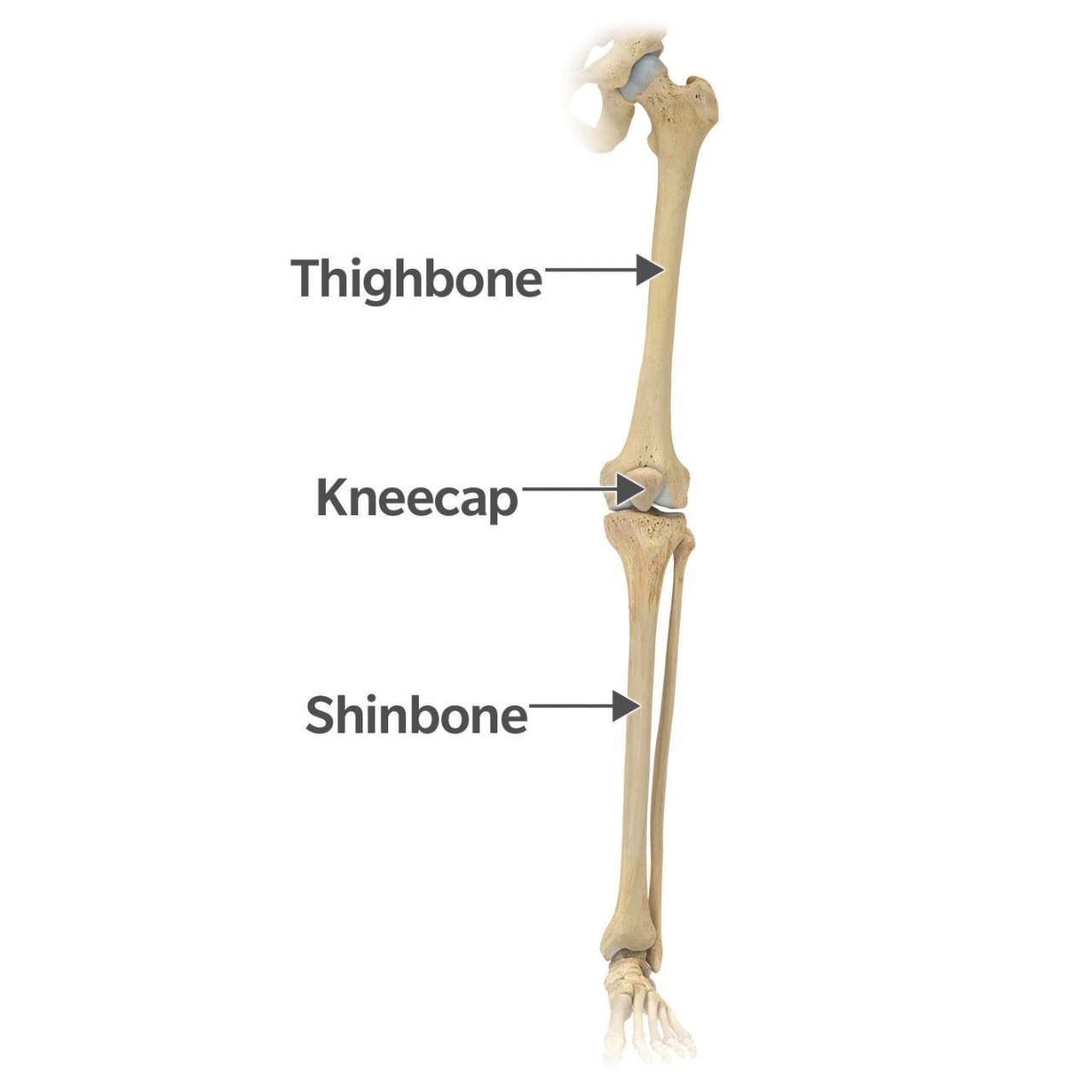
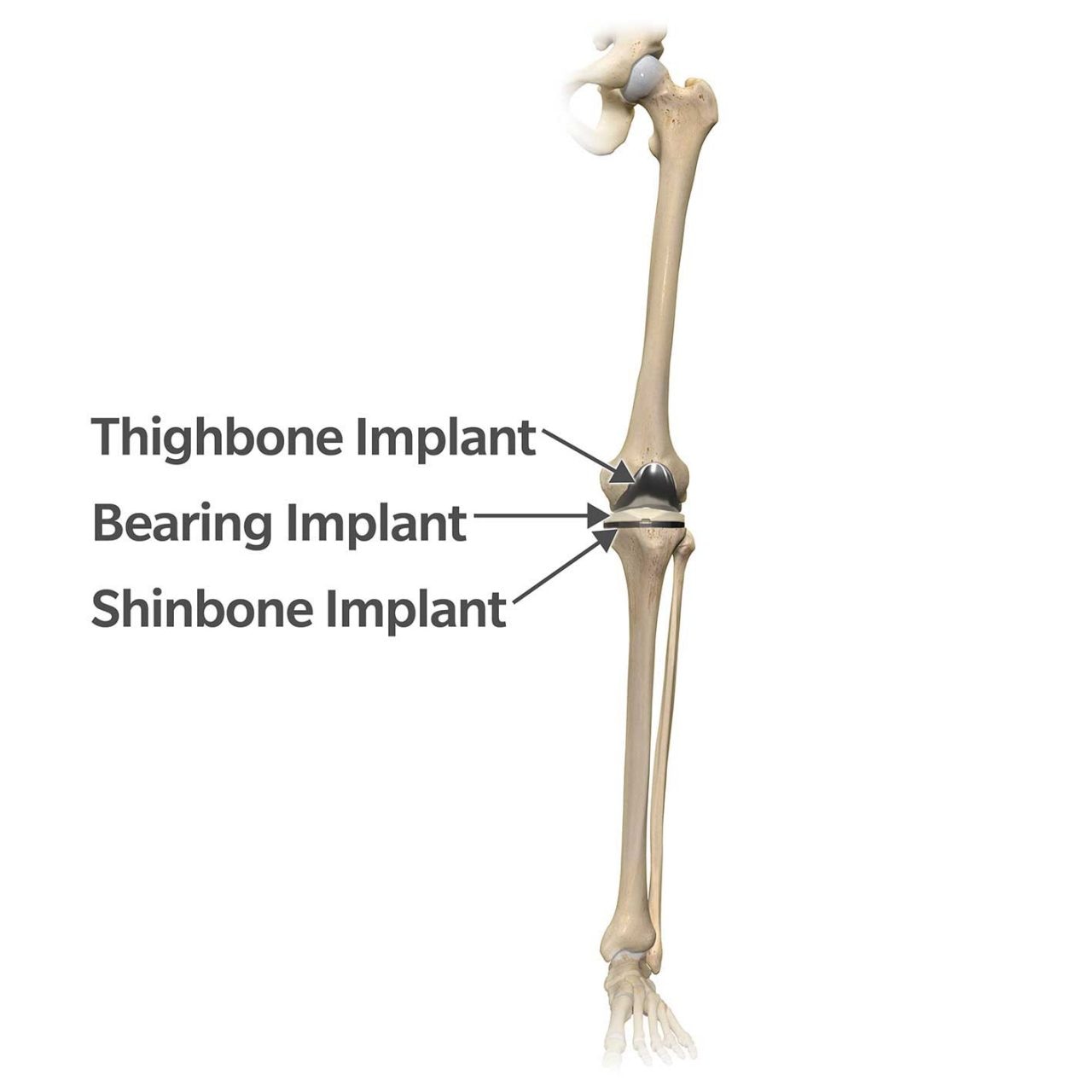
The way the shinbone implant fits on the bone is very important. It shouldn’t be too big such that it hangs over the bone, and also shouldn’t be too small where bone is showing around the edges. It needs to fit as close to your bone shape and size as possible. Many implant systems will come with a variety of sizes so that the surgeon can pick one they feel will suit your needs.
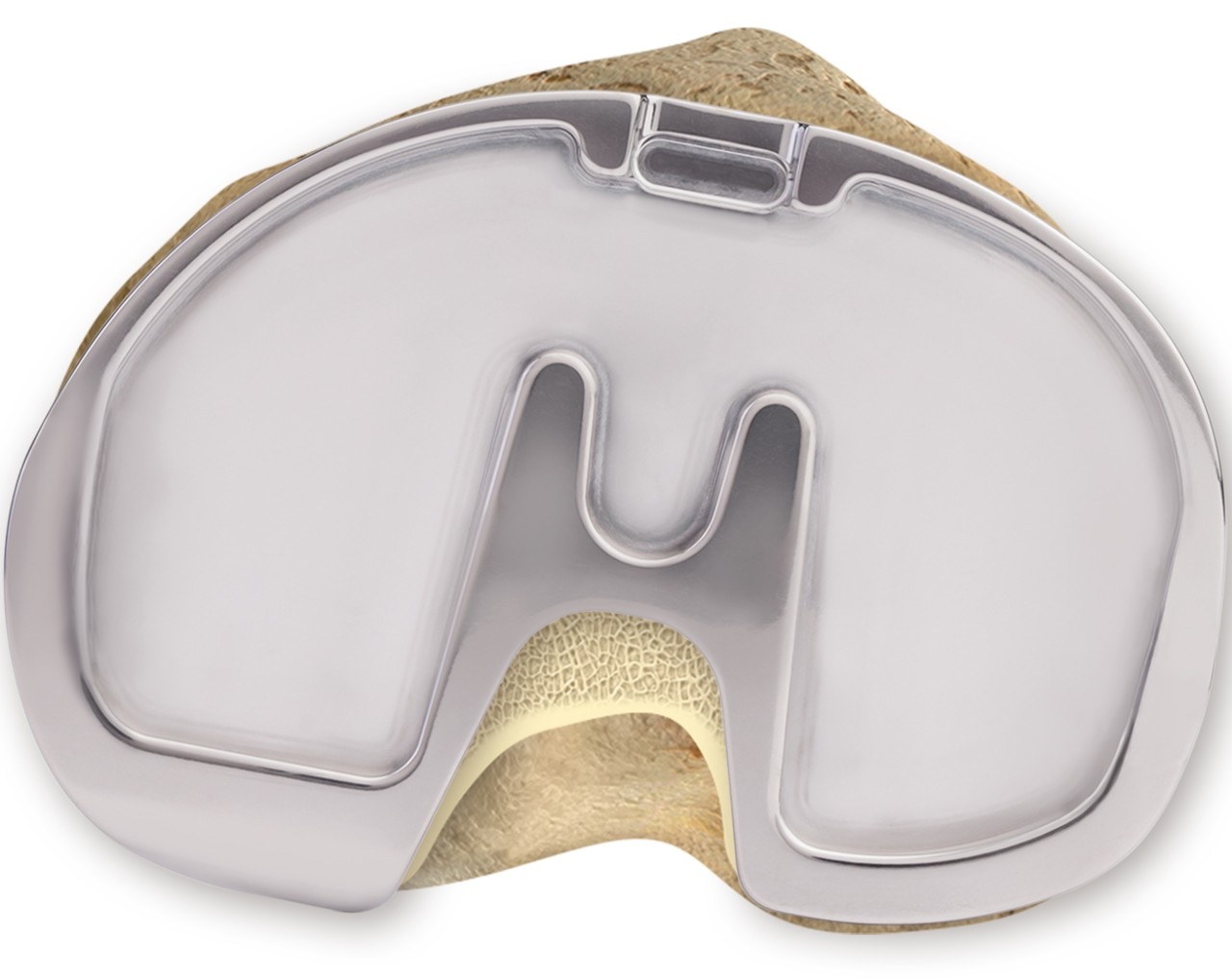 Too Big
Too Big
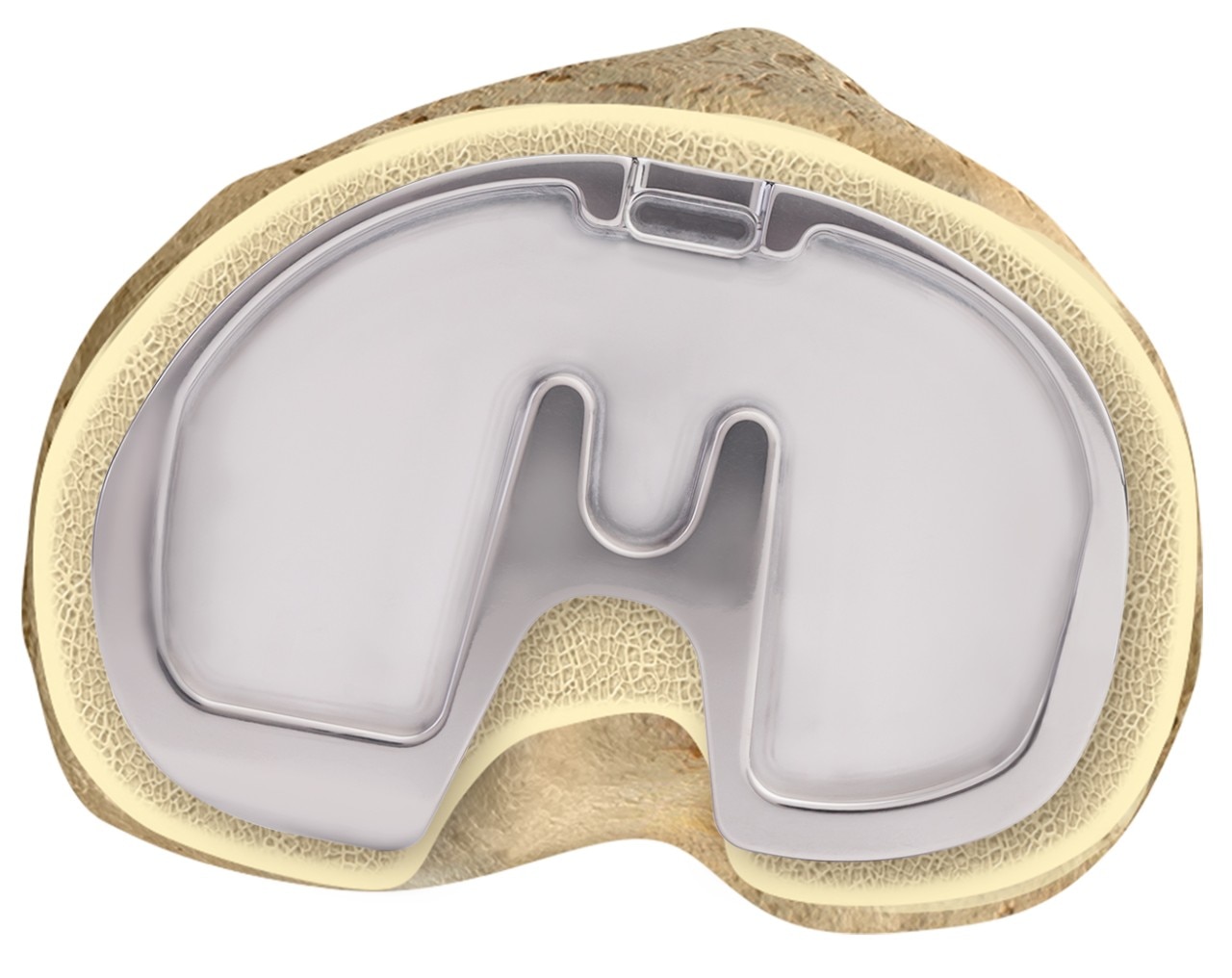 Too Small
Too Small
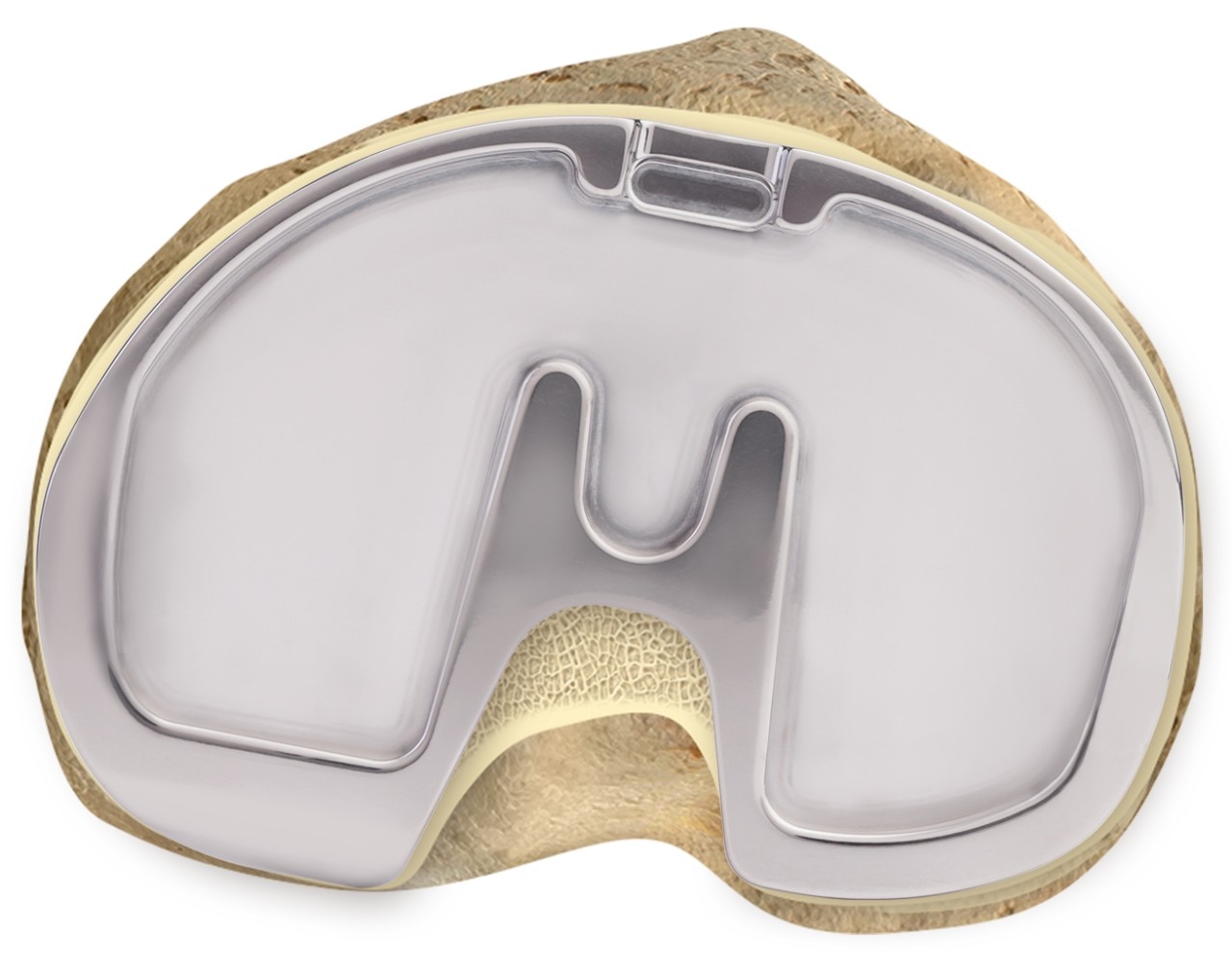 Correct
Correct
Another factor that can affect how your knee functions after surgery is the rotation of the implants. The rotation of this implant is important because it can affect how the other implant functions. For example, if the rotation is off, like in the illustrations below, the thighbone implant may not be able to move as it’s intended to as your knee bends and straightens.
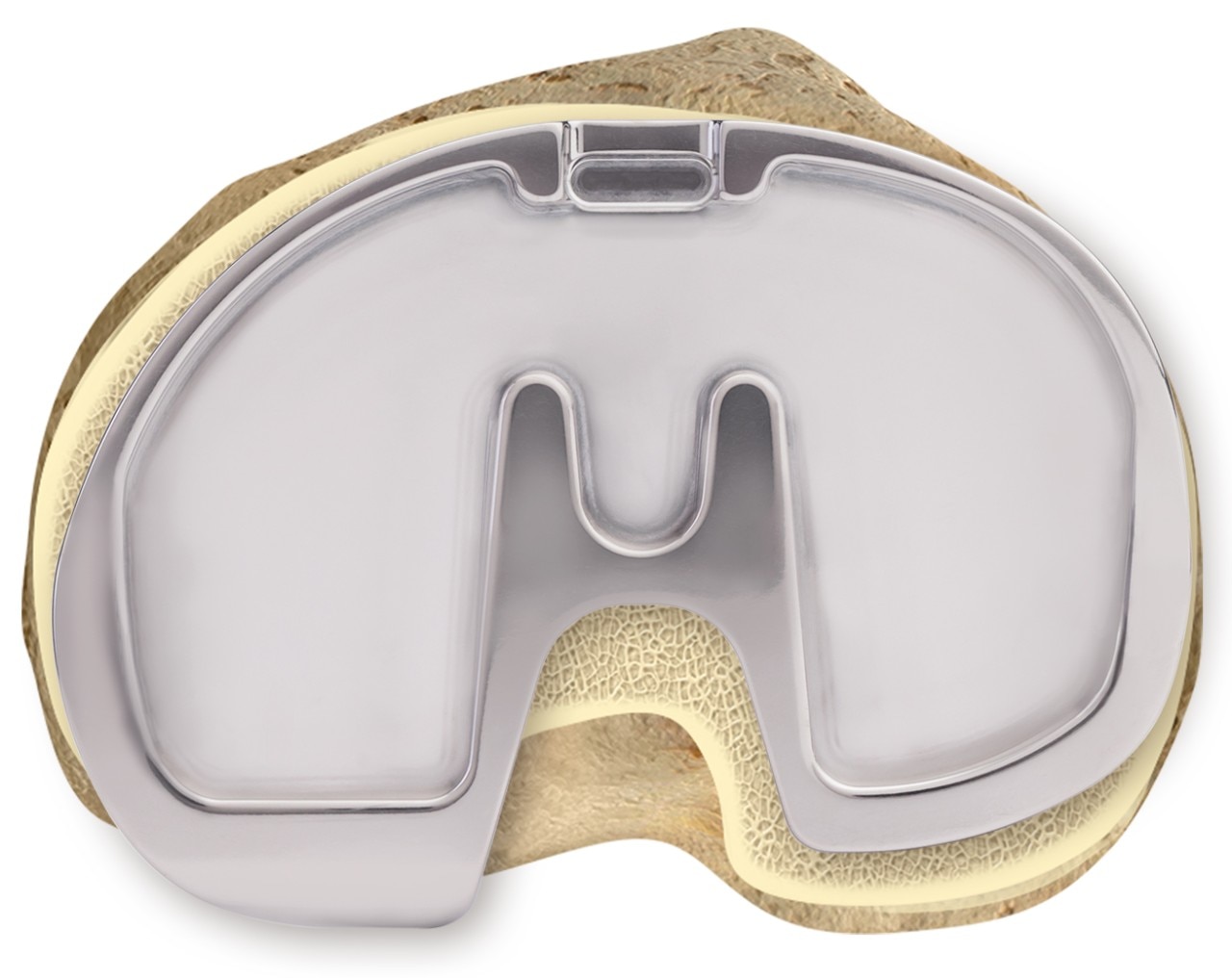 Poor Rotation
Poor Rotation
 Correct Rotation
Correct Rotation
The shape and size of the thighbone implant is important as well. As with the shinbone implant, you don’t want the implant too small or too large on the bone where it’s not providing enough coverage or it’s hanging over the edge.
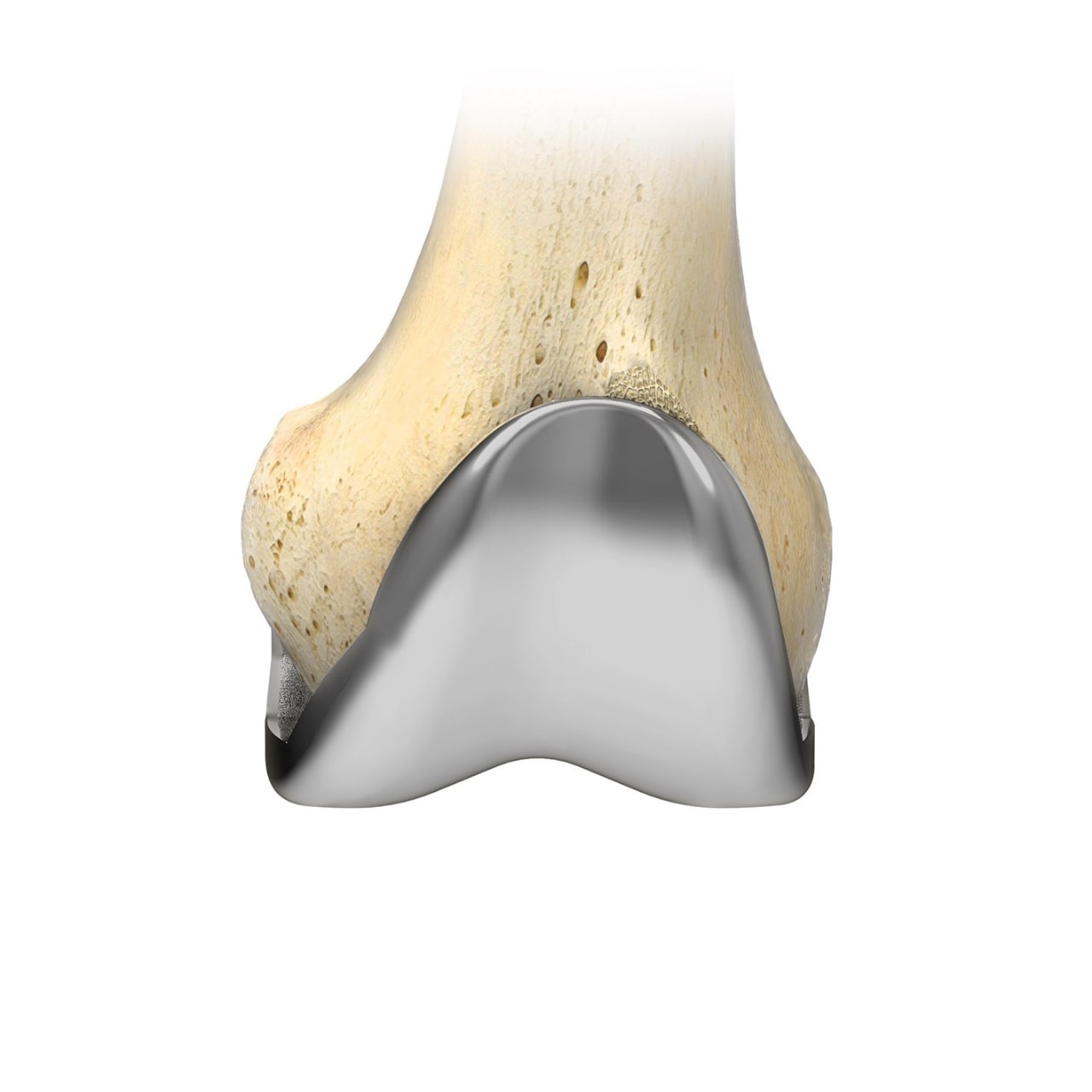 Too Big
Too Big
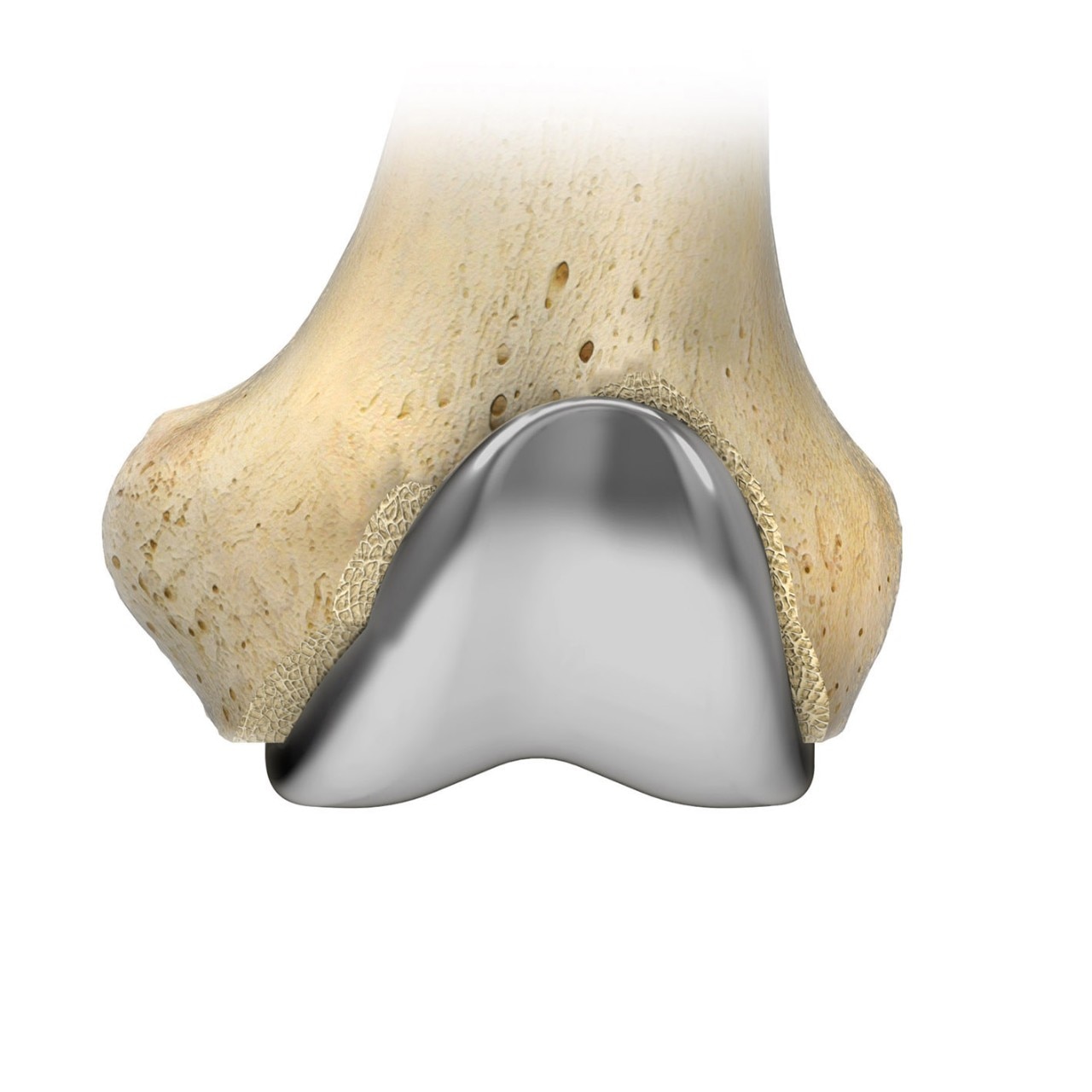 Too Small
Too Small
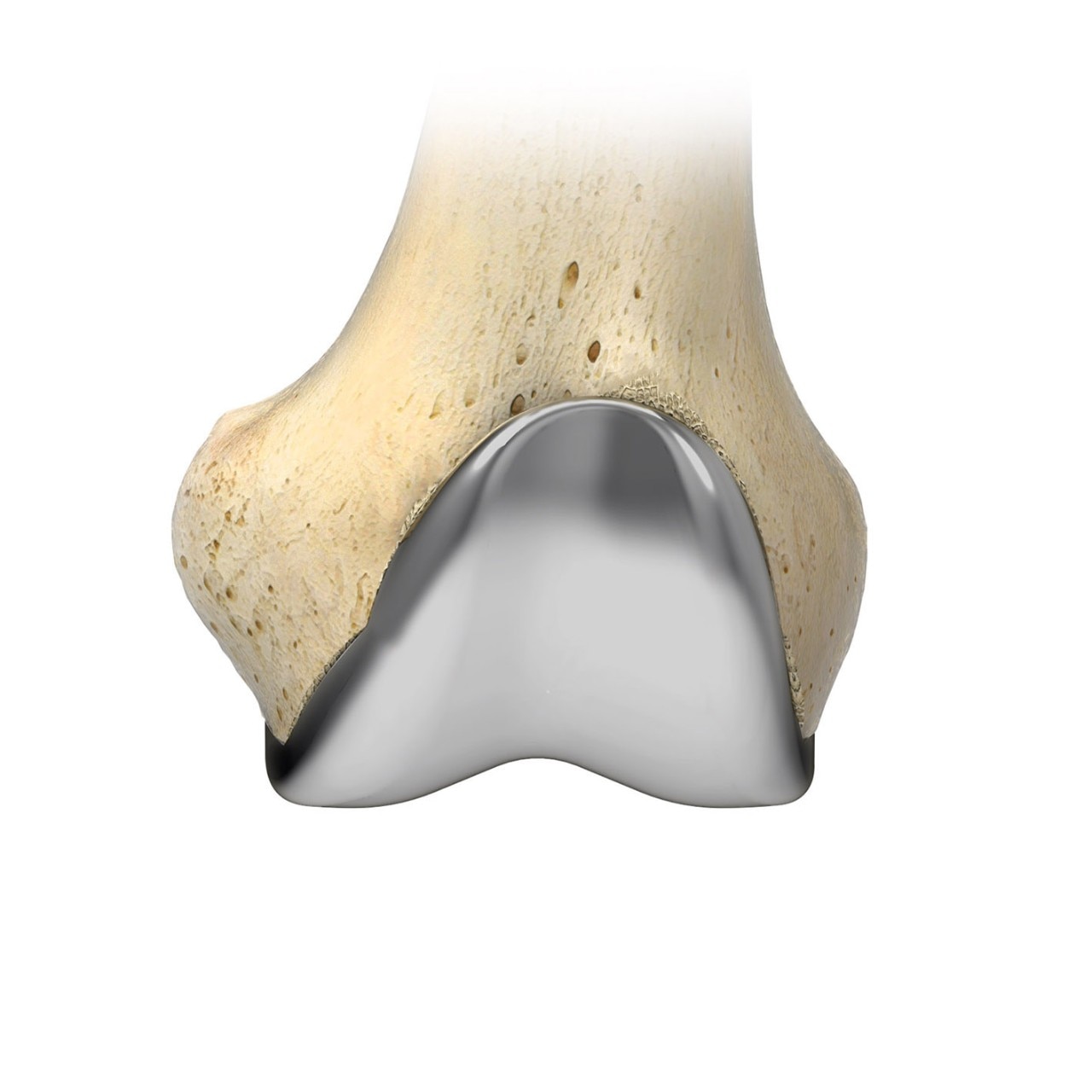 Proper Fit
Proper Fit
The bearing is a piece of medical-grade plastic that’s inserted between the thighbone and shinbone implants. It’s role is to act as “cartilage”. These bearings come in a variety of shapes and sizes, depending on what thighbone and shinbone implants are used. The bearing used can greatly affect the overall balance and movement of the joint, so it’s an important factor in how the knee feels after surgery.
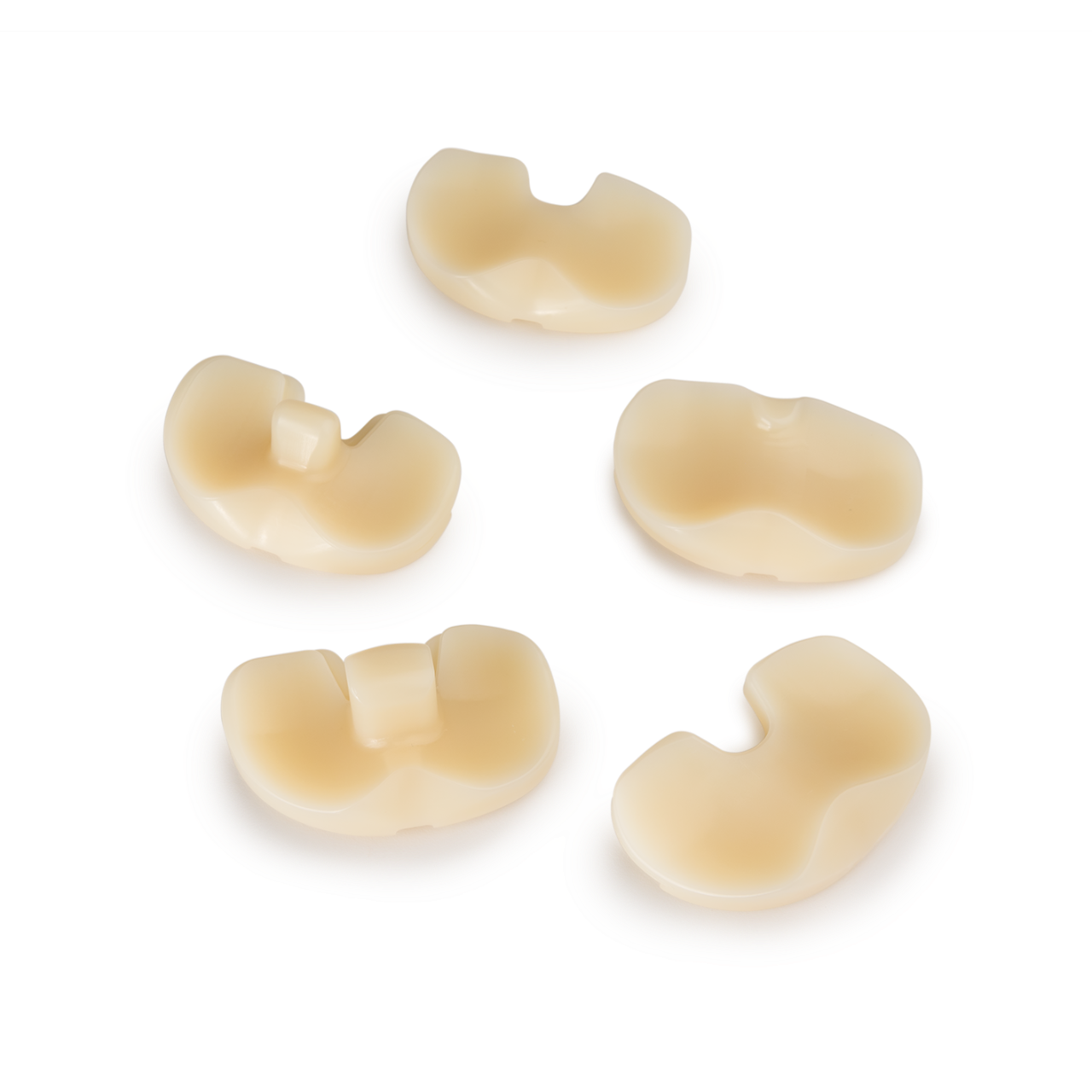
During surgery, your surgeon will also likely address any alignment issues of your joint. For example, conditions like bowlegs or knock knees can typically be addressed to help you achieve a more normal alignment. This plays a role in the implants selected as well.
This is not an exhaustive list of all possible features in a knee implant nor all the factors that determine why a certain type is used. Likely, it will largely depend on the health of your bones and the overall condition of your joint. Talk to your surgeon about what type of implant they use, and why they choose to use that particular brand.
Once you know the type of implant your surgeon plans to use, you could do some additional research if you wanted to. Many medical device manufacturers often have patient brochures that talk about their implants, so those might be a reference for you as well.
As with any medical procedure, there are risks associated with knee replacement surgery. You should discuss these risks with your surgeon. You can also read about some of them by clicking here.